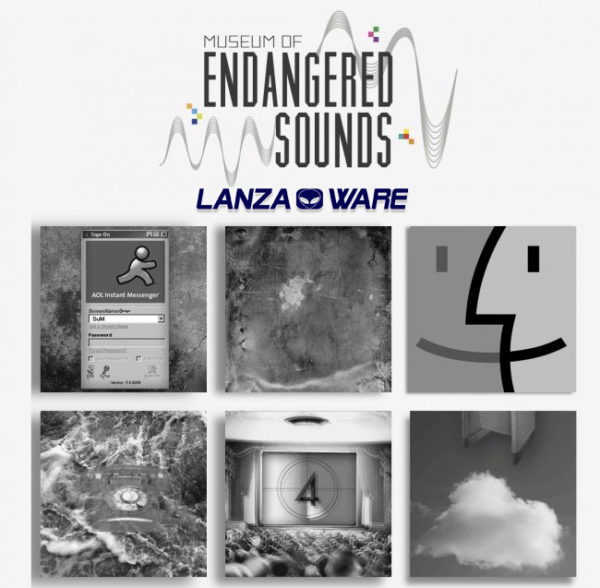

#Mitoza baboon professional
The "Advances in Morphometries" ASI was advertised in Nature and a number of professional journals. This volume is based on the NATO Advanced Study Institute, "Advances in Mor phometries" held in 11 Ciocco, Tuscany, Italy from July 18-30, 1993, and directed by Leslie F.

Only 23 (7.74%) children had their teeth restored.Ĭonclusions: ECC prevalence among 24 to 71-month old children who attended the Center for pre-school education in Banja Luka is very high, but the problem is even greater because most of those caries lesions are untreated. The overall prevalence of dental caries was 64.65%.

Results: Two hundred ninety-seven children (138 girls and 159 boys) 24 to 71-month old were examined. Caries status of each child was recorded using the dmft index according to the WHO criteria. The whole sample included 297 children of both genders. Material and Methods: This was a cross-sectional study. The aim of this study was to assess the prevalence of early childhood caries (ECC) among 24 to 71-month old children who attended the Center for preschool education Banja Luka, Republic of Srpska, Bosnia and Herzegovina. This research found that the most important risk predictors for the development and severity (intensity) of S-ECC in infants under 24 months of age were low monthly income of parents and the infant's age.īackground: Despite the availability of a variety of preventive and treatment modalities, caries in the early childhood remains a serious and prevalent disease worldwide. Multivariate logistic regression analysis showed that the age of infants (p < 0.001) and family monthly income (p = 0.003) variables were statistically significant predictors for the development of caries. Overall results of the study indicated that 22.9% of infants had initial caries, while 12.0% (95% CI: 8.1-17.3) of infants had at least one cavitated carious lesion. Following data collection, outcome measures were: the presence/absence of S-ECC (children with at least one active early carious lesion on the smooth surfaces of the maxillary anterior teeth/caries-free children) and the severity of dental caries (no caries, initial caries and cavitated caries lesion). Parents/caregivers were interviewed ahead of each dental examination of children. Considering inclusion criteria, the total sample consisted of 192 examined infants under 24 months of age. The aim of the study was to investigate risk factors for S-ECC among infants under 24 months of age living in Banja Luka, Bosnia and Herzegovina.Ī cross-sectional population-based study was carried out. The highest frequency of ECC is present among the members of ethnic groups whose native language is not Serbian. The frequency of ECC occurence is different among ethnic groups. The frequency of types 1, 3, 4, and 5 ECC was twice as high as in children who do not speak Serbian language. The highest disease frequency was found in Roma children (50.0%) as well as in children of Ruthenian nationality (43.8%), than in children of Slovakia nationality (37.8%), Serbian (26.1%), Hungerian (25.4%) and other nationalities (27.4%).

The prevalence of ECC in children oped 41.32 +/- 8.57 months, of the South Backa District was 30.5%. The tests on significant statistical differences was performed by the variance analysis and chi2 test. Epidemiological data on the different ethnic groups were obtained by interviewing the parents of the examined children. The diagnosis and the clinical form of ECC was defined by dental check-ups according to the modified Wyne's criteria: the initial form (type 1) shows carious lesions without disturbing the surface structure of the tooth enamel, the moderate form (type 2) shows carious lesions affecting one or two teeth or their surfaces, the middle form (type 3) shows carious lesions affecting more than two teeth or their surfaces, the severe form (type 4) shows the presence of two and more gangrenous roots in the maxilla intercanini sector, and the severe form with complications (type 5) shows the presence of two and more gangrenous roots in the maxilla intercanini sector with the presence of fistula and/or abscess of tooth root apex. The survey was performed as a cross-sectional analytical study on the sample of preschool children of both sexes and different ethnic groups in the South Backa District. The aim of this study was to investigate the frequency of ECC among different ethnic groups of preschool children in the South Backa District. Early childhood caries (ECC) is a special form of caries in primary dentition that affect teeth after eruption, with rapid progression, later symptomatology and numerous complications.


 0 kommentar(er)
0 kommentar(er)
